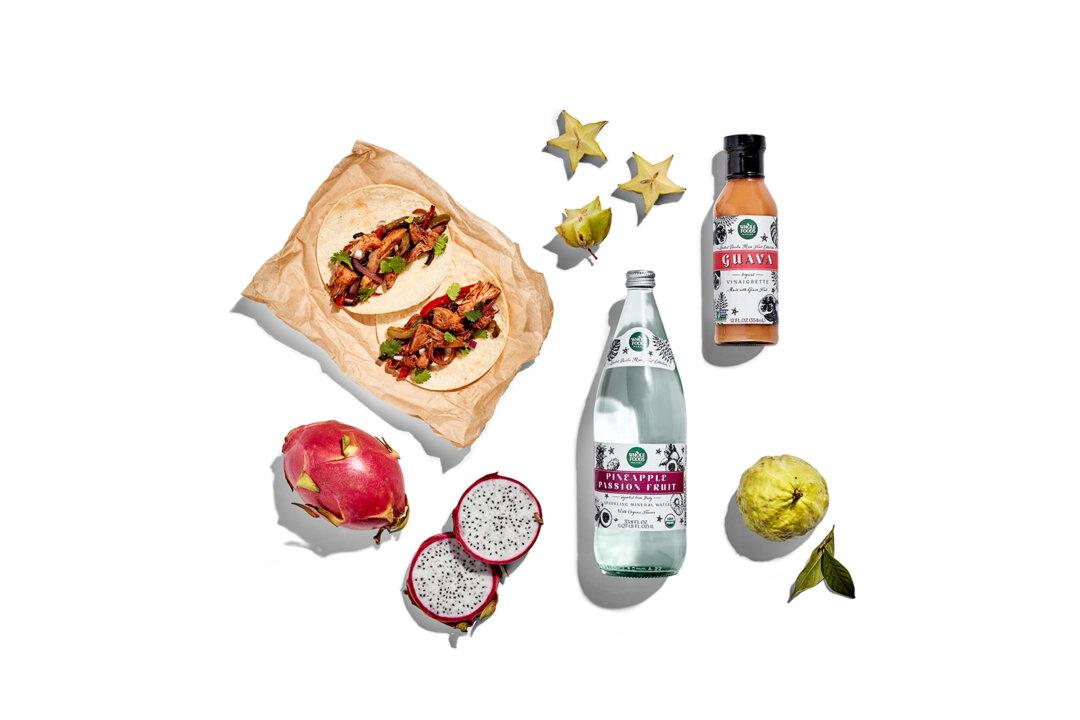Globe-trotting flavors, beauty you can eat, and a health-driven plant revolution in full swing (read: mushroom jerky and cauliflower in ice cream)—such are a few of the trends food forecasters have predicted for the coming year.
Most of these aren’t brand new, and have simply taken on new forms or given rise to new standouts. Plant-based diets, eating for wellness, and concerns about sustainability and transparency, for instance, have been bubbling to the mainstream consciousness for years. In fact, many trends seem to be taking a page from centuries-old traditions: eating local, whole foods was once the norm; health fads like fermentation and functional ingredients borrow wisdom from ancient practices; and growing interest in diverse, global cuisines is backed by curious consumers rediscovering traditional dishes and flavors across cultures.






